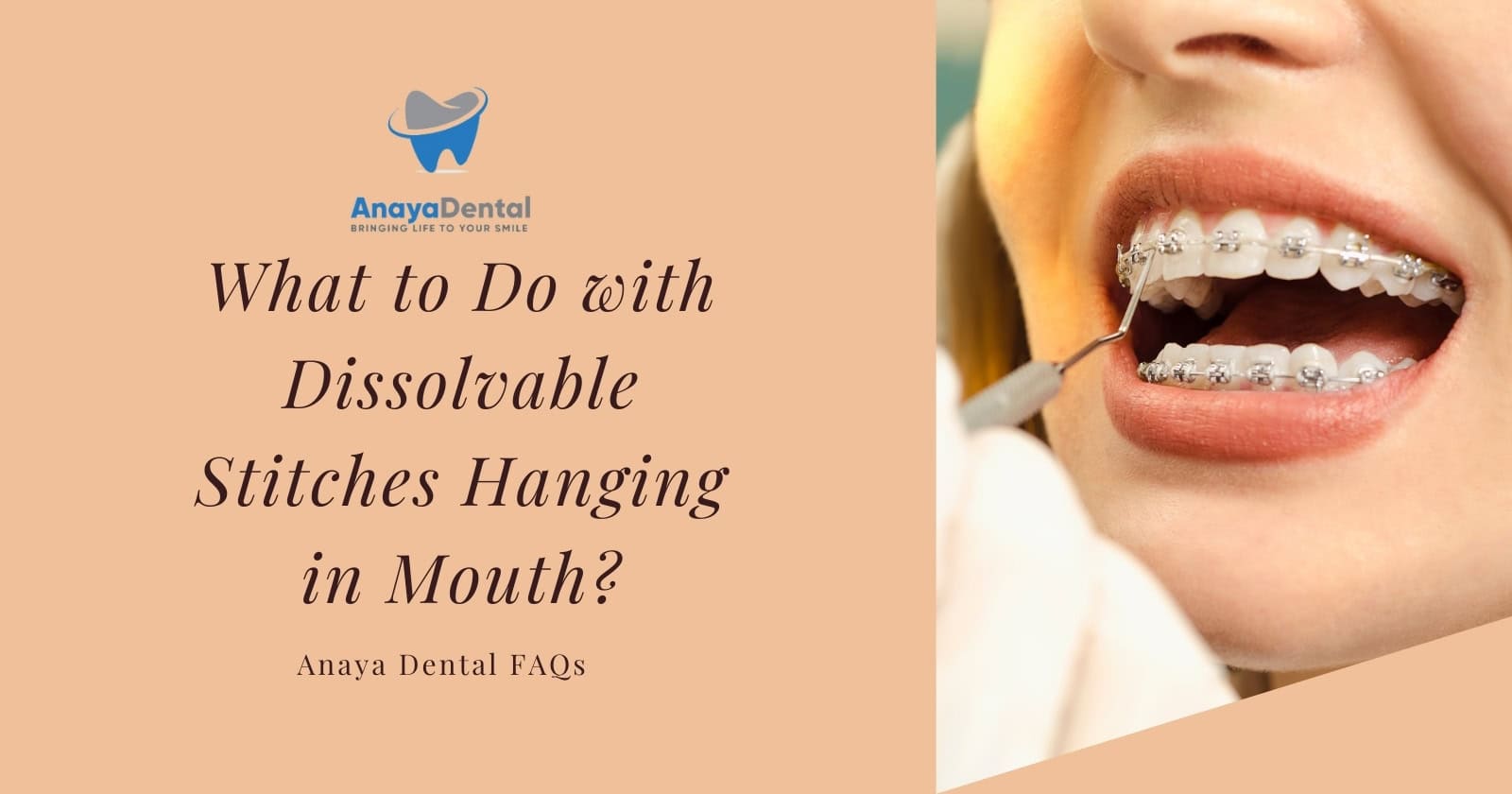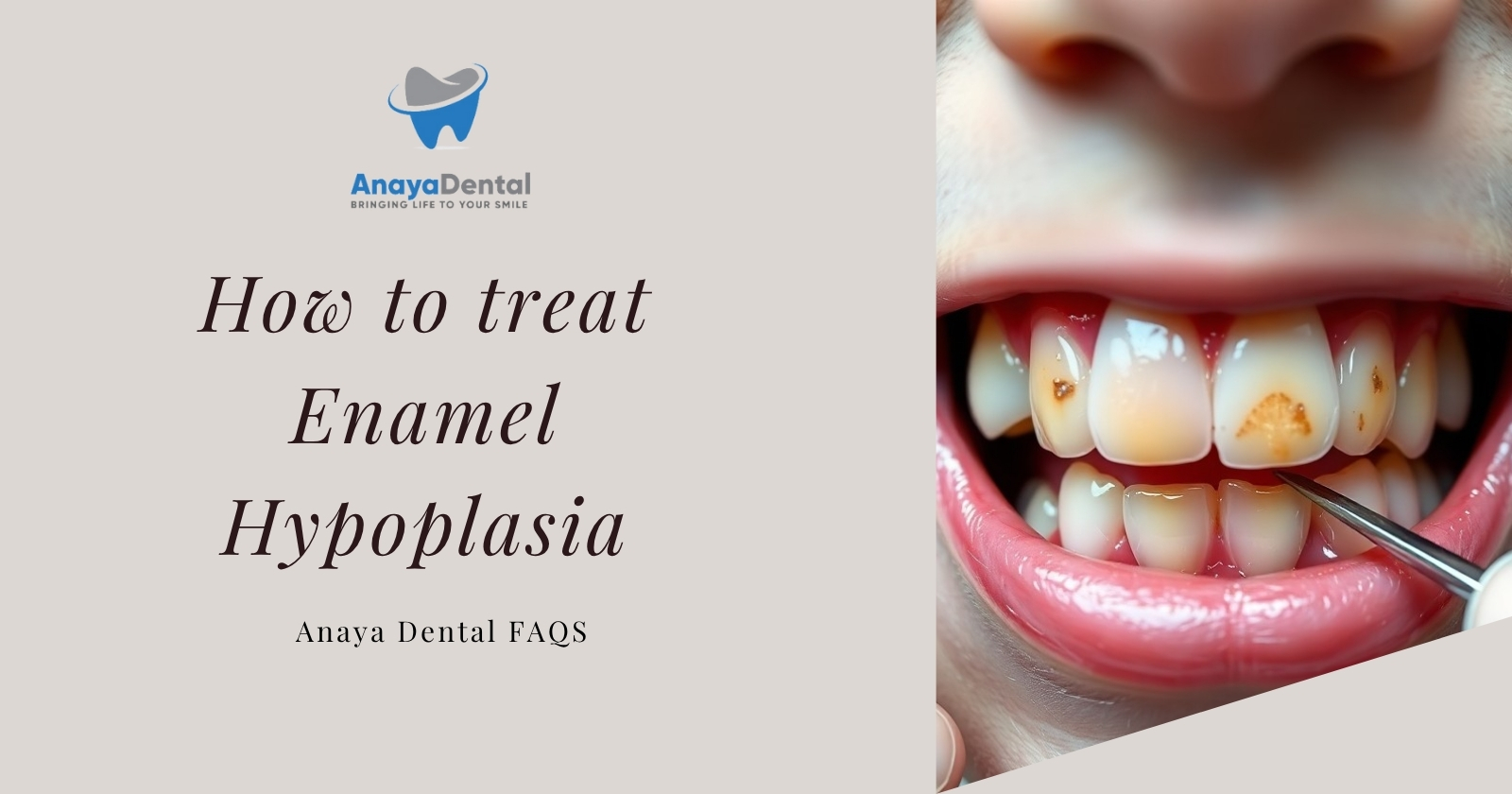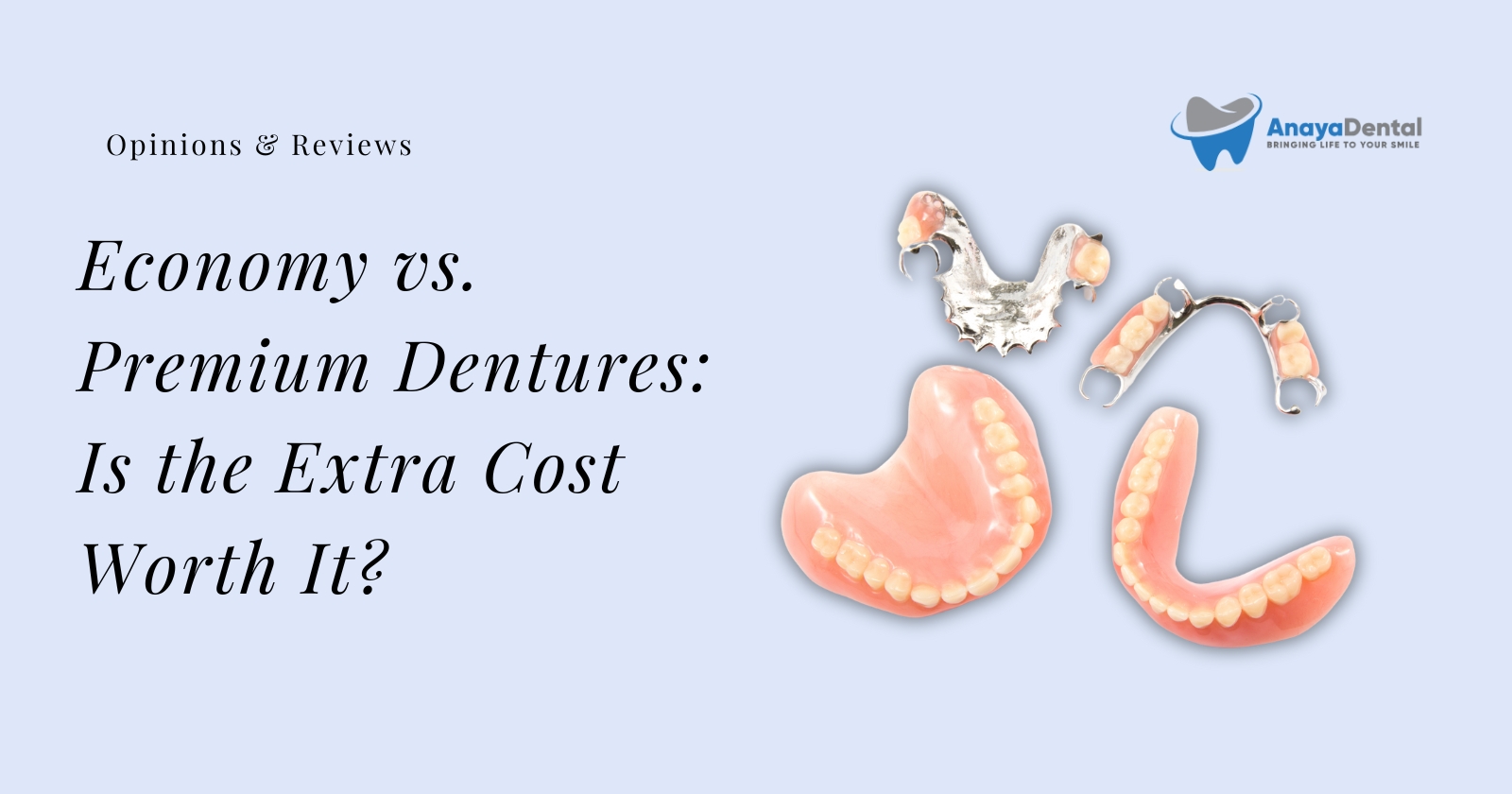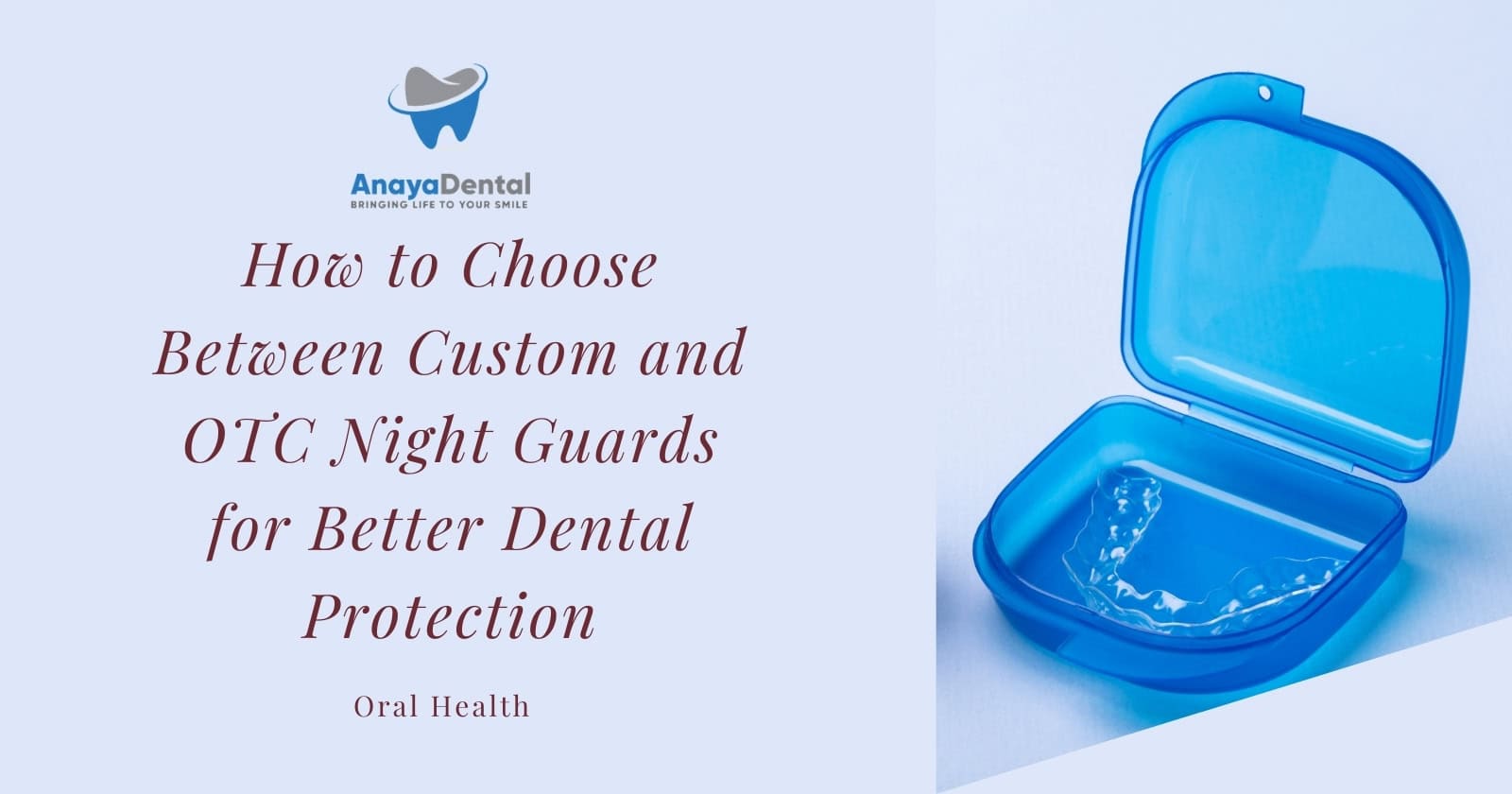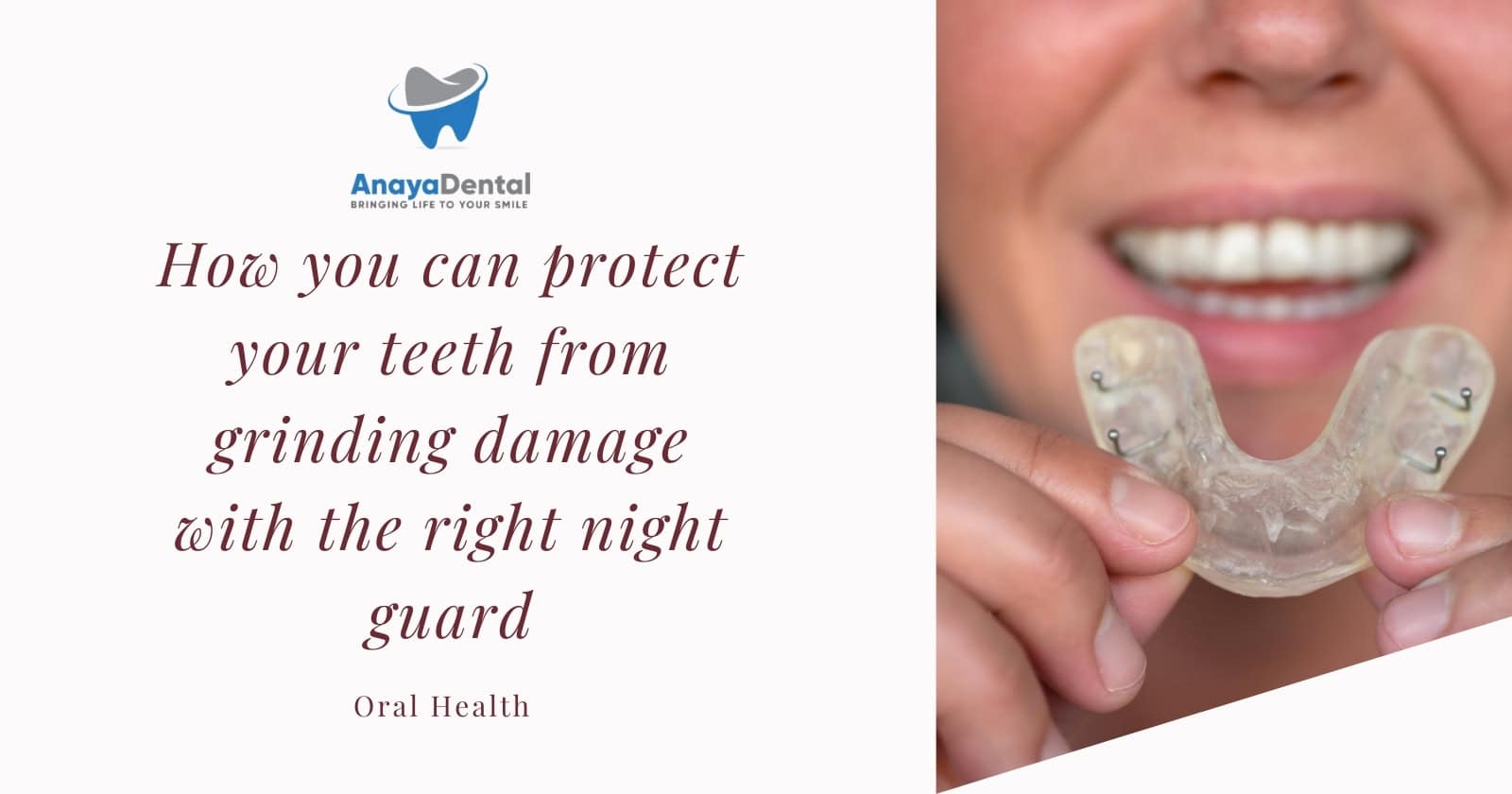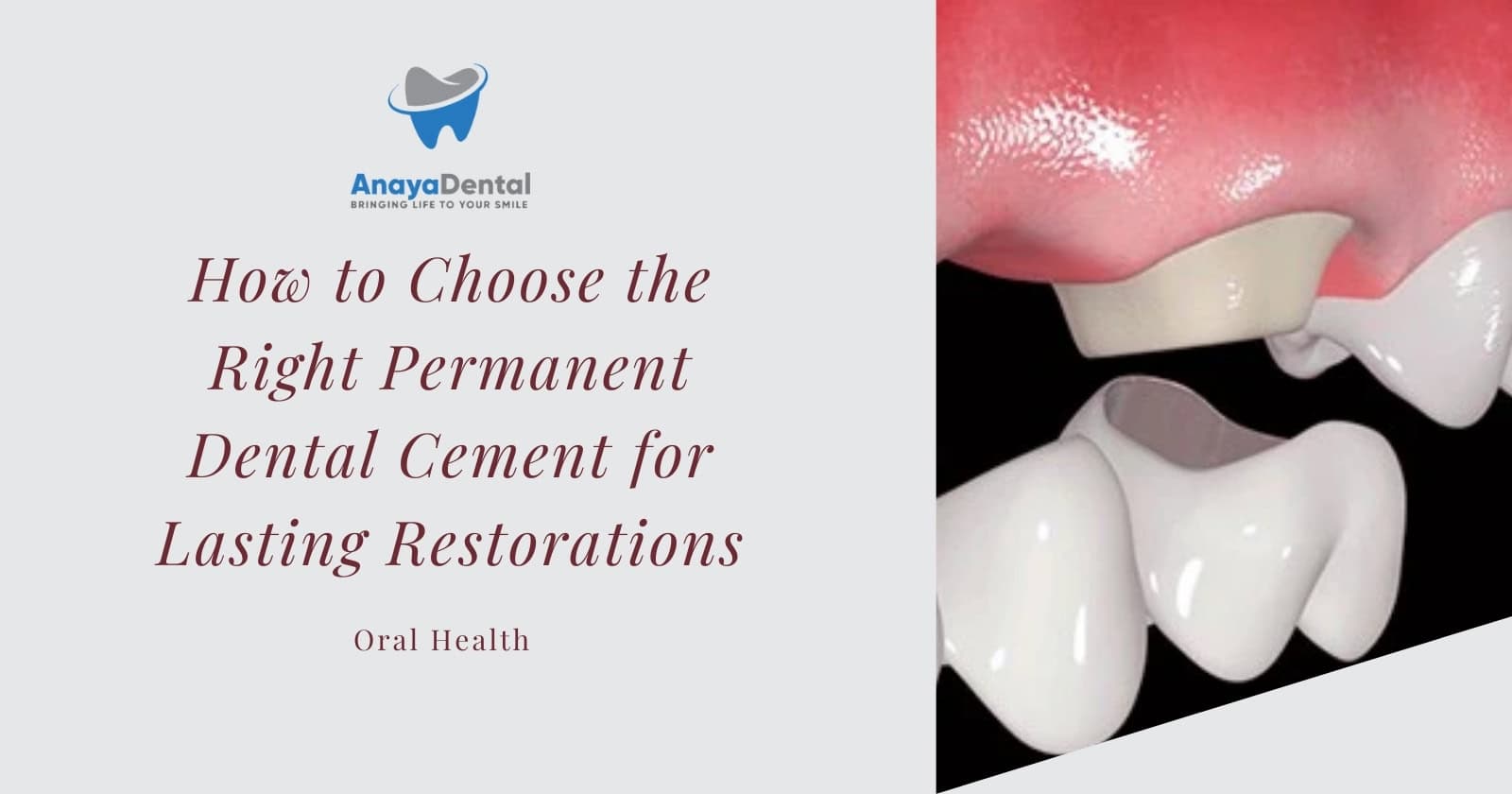Dental stitches play a crucial role in wound healing after oral surgeries such as wisdom tooth extraction, gum grafts, or implant procedures. While dissolvable stitches are meant to break down over time, you may sometimes notice a loose or hanging stitch in your mouth. This can be uncomfortable and may raise concerns about whether the healing process is on track. Understanding why this happens and how to handle it can prevent complications and ensure proper recovery.
Some stitches may take longer to dissolve than others, depending on the material used and the body’s healing rate. Additionally, factors such as oral hygiene, diet, and post-surgical care can impact the speed at which the stitches break down. It is important to recognize whether a hanging stitch is a natural part of healing or a sign of a potential issue that needs attention.
Key Takeaways
- A hanging stitch is common and usually not a cause for concern unless accompanied by pain, swelling, or signs of infection.
- Avoid pulling or cutting the stitch yourself, as this can lead to complications.
- Use warm salt water rinses and maintain gentle oral hygiene to promote healing.
- Stick to soft foods and avoid using your tongue to play with the stitch.
- If the stitch is still hanging after two to three weeks or causing discomfort, visit your dentist for an assessment.
- Keeping the surgical site clean and avoiding excessive pressure on the stitches can speed up healing.
Why Are Your Stitches Hanging?
If you’ve noticed your wisdom teeth stitches hanging, you’re likely wondering why this is happening. Several factors can contribute, such as the suture thread being too long, beginning to dissolve, getting caught during brushing, being pushed out by healing gums, or having been loose from the start. Understanding these reasons can help you manage the situation effectively and guarantee a smooth healing process.
Try Our Dental Calculators
The Suture Thread Is Too Long
One common reason for seeing your wisdom teeth stitches hanging is that the suture thread might be excessively long. During your procedure, the dentist might have left the suture longer than necessary. This can happen to accommodate swelling that reduces over time. As you move your mouth by eating or talking, the stitches hanging might become more noticeable, causing discomfort. In such cases, it’s vital to maintain proper oral hygiene to prevent any infection. Avoid pulling or tugging at the stitches, as this can cause injury or delay healing. If the hanging suture causes you discomfort or concern, it’s advisable to contact your dentist. They can assess the situation and, if needed, trim the excess thread safely.
The Stitch Thread Is Starting To Dissolve
As dissolvable stitches begin to break down, you might notice them hanging more prominently in your mouth. This is a natural part of the healing process following your dental procedure. Dissolvable stitches are designed to gradually dissolve over time, as the stitch thread is dissolving due to your body’s natural healing mechanisms. Saliva and the enzymes present in your oral tissues contribute to the breakdown of these stitches. The rate at which dissolvable stitches dissolve can vary depending on factors such as the suture material used and your individual healing process. Rest assured, this is generally not a cause for concern. However, if the stitches cause discomfort or irritation, consider consulting your dentist for tailored advice or professional removal.
Thread Tear during Brushing
With your stitches beginning to dissolve, another common reason they might hang is due to thread tear during brushing. Proper oral hygiene is essential, but aggressive brushing can snag the delicate sutures. When bristles catch on the stitch loops, it can lead to stitches hanging in your mouth. To minimize this risk, consider these precautions:
- Use a toothbrush with soft bristles: It reduces the chance of snagging the stitches.
- Adopt gentle brushing techniques: Light strokes help avoid excess pressure on the surgical site.
- Avoid flossing near the stitches: Floss can easily catch and tear the threads.
Your Gums Are Pushing the Thread Out
Sometimes, as your body heals, the gums might push the dissolvable stitches to the surface. This occurs because your body is actively creating new tissue to repair the extraction site. As the gums heal, they may swell slightly, causing stitches to appear more prominently. If you notice stitches hanging, it’s likely due to the gums pushing them outward. This is a normal part of healing and usually not cause for concern. Keep the area clean with gentle rinsing, and refrain from touching the stitches with your tongue or fingers. If discomfort persists, or if the stitch feels bothersome, consult your dentist for advice. They can assess if any intervention is necessary to guarantee ideal healing.
The Stitch Was Loose Since the Beginning
While your gums may push the stitches out as part of the natural healing process, another reason for hanging stitches could be that they were loose from the start. This might occur due to several factors: improper knotting, excess slack, or insufficient attachment to the surrounding tissues. When wisdom teeth stitches aren’t securely fastened, they can easily become dislodged.
Consider the following:
- Knot security: Confirm knots are tight enough to withstand oral movements like talking or eating.
- Suture material: Different materials have varying strengths and may affect how well stitches hold.
- Oral habits: Actions such as frequent touching with your tongue can exacerbate looseness.
If your stitches are hanging, consult your dentist to address any concerns about your recovery process efficiently.
What to Do with Dissolvable Stitches Hanging in Your Mouth?
If you notice dissolvable stitches hanging in your mouth, resist the urge to tug on them, as this can disrupt healing. Maintain good oral hygiene by gently brushing with a soft-bristled toothbrush and rinsing with a warm saltwater solution. Stick to soft foods to avoid irritation, and if the stitches persist or cause discomfort, consult your dentist for professional advice.
Avoid Pulling or Cutting the Stitch
Resist the urge to tug at dissolvable stitches hanging in your mouth. Tugging can lead to complications, such as disrupting the healing process or causing unnecessary bleeding. These stitches are designed to dissolve on their own, aiding in a smooth recovery. Instead of pulling them, consider these expert recommendations:
- Assess the situation: Determine if the hanging stitch is causing discomfort or difficulty in daily activities.
- Contact your dentist: If the stitch is bothersome or you notice signs of infection, reach out to your dentist for professional advice.
- Practice patience: Allow time for the stitches to dissolve naturally, facilitating proper healing without intervention.
Keep Up with Good Oral Hygiene
Maintaining good oral hygiene is essential when you’ve got dissolvable stitches hanging in your mouth, as it supports healing and prevents infection. Gently brush your teeth with a soft-bristle toothbrush, avoiding the stitches directly. Instead, focus on cleaning your teeth and gums to reduce bacteria. Regularly rinse with a saltwater solution to soothe the area and keep bacteria at bay. This routine minimizes complications and aids recovery from wisdom teeth stitches hanging.
| Action | Purpose | Frequency |
|---|---|---|
| Gentle Brushing | Remove plaque | Twice a day |
| Saltwater Rinse | Reduce bacteria, soothe | After meals |
| Soft-Bristle Toothbrush | Prevent irritation | Daily use |
| Avoid Stitches | Prevent loosening | Every brushing |
| Regular Check-ups | Monitor healing progress | As advised |
These steps guarantee peak healing and comfort.
Opt for Soft Foods
When dealing with dissolvable stitches hanging in your mouth, opting for soft foods can greatly ease your discomfort and aid in the healing process. Soft foods minimize the risk of disturbing the stitches and help prevent irritation or accidental removal. By choosing the right foods, you’re promoting a gentle healing environment while ensuring adequate nutrition.
Consider incorporating the following soft foods into your diet:
- Mashed potatoes: Easily consumed and gentle on the stitches.
- Yogurt: Provides essential nutrients while being soothing and creamy.
- Scrambled eggs: Soft, nutritious, and easy to eat.
Avoid crunchy or hard foods, as they can catch on stitches and cause discomfort. Prioritizing a soft food diet during this time supports a smooth recovery, allowing the dissolvable stitches to do their job effectively.
Consult Your Dentist
While you’re opting for soft foods to aid your healing process, it’s equally important to reach out to your dentist if you notice dissolvable stitches hanging in your mouth. Consulting your dentist guarantees proper evaluation and guidance tailored to your needs. They can assess whether the stitches require trimming, removal, or just time to dissolve naturally. Addressing it promptly helps prevent potential complications like infection or discomfort. Here’s a quick guide:
| Action | Reason | Outcome |
|---|---|---|
| Call Your Dentist | Evaluate Situation | Professional Assessment |
| Follow Advice Given | Confirm Proper Healing | Reduced Risk of Infection |
| Schedule Appointment | If Necessary | Safe Stitch Management |
Consult your dentist to maintain ideal healing and peace of mind.
How are Dissolvable Stitches Different from other Oral Surgery Stitches?
Dissolvable stitches, commonly used in oral surgeries, offer distinct advantages over traditional non-dissolvable stitches. They eliminate the need for a follow-up appointment to remove them, reducing stress and inconvenience. These stitches are designed to naturally break down and absorb into your body over time, facilitating seamless healing. Here’s how they differ:
- Convenience: Unlike non-dissolvable stitches, they don’t require removal, saving you an extra trip to the dentist.
- Biocompatibility: Made from materials that your body can easily absorb, they minimize the risk of irritation or infection.
- Healing Support: They support tissue healing without disrupting the recovery process, ensuring a smoother postoperative experience.
Understanding the benefits of dissolvable stitches can help you appreciate their role in oral surgery and your recovery journey.
Different Types of Dental Stitches
Now that you’ve learned about the benefits of dissolvable stitches, let’s explore the different types of dental stitches used in oral surgeries. There are two main categories: dissolvable stitches and non-dissolvable stitches. Dissolvable stitches, made from materials like polyglycolic acid or polyglactin, naturally break down in your body over time, negating the need for removal. They’re often preferred for oral stitches, especially in areas difficult to access for removal. Non-dissolvable stitches, typically made from materials like nylon or silk, require a follow-up visit for removal after the tissue has healed. Your dentist will choose the appropriate type based on the specific procedure and your individual needs, ensuring ideal healing and minimizing discomfort during your recovery.
| Stitch Type | Material | Dissolvable? | Time to Dissolve/Removal |
|---|---|---|---|
| Plain Gut | Natural | Yes | 7-10 days |
| Chromic Gut | Natural (Treated) | Yes | 10-14 days |
| Polyglycolic Acid (PGA) | Synthetic | Yes | 2-4 weeks |
| Polylactic Acid (PLA) | Synthetic | Yes | A few weeks |
| Silk | Synthetic | No | Requires removal |
| Nylon | Synthetic | No | Requires removal |
Frequently Asked Questions
Can Dissolvable Stitches Cause Irritation or Infection in the Mouth?
Yes, dissolvable stitches can cause irritation or infection if they’re not monitored. You should maintain proper oral hygiene and keep an eye on any swelling or redness. Consult your dentist promptly if you notice persistent discomfort or unusual symptoms.
How Long Does It Take for Dissolvable Stitches to Dissolve?
Dissolvable stitches typically dissolve within one to three weeks, depending on their material and your healing process. Your oral environment, such as saliva and tissue activity, influences this timeframe. Monitor your stitches and consult your dentist if concerned.
Are There Any Foods That Should Be Avoided With Dissolvable Stitches?
You should avoid hard, crunchy, or sticky foods like nuts, popcorn, and candy. These can disrupt stitches, causing irritation or dislodgement. Focus on soft foods like yogurt, mashed potatoes, and smoothies to aid in healing efficiently.
What Should I Do if My Stitch Becomes Painful or Swollen?
If your stitch becomes painful or swollen, contact your dentist immediately. Don’t ignore these signs, as they could indicate an infection. Meanwhile, rinse your mouth gently with warm saltwater to reduce discomfort and avoid chewing near the affected area.
Can Exercise Affect the Healing of Dissolvable Stitches in the Mouth?
Exercise can affect the healing of dissolvable stitches in your mouth. Avoid strenuous activities, as they may increase blood pressure and cause swelling or bleeding. Prioritize rest and follow your dentist’s advice for ideal healing.
Conclusion
In handling dissolvable stitches hanging in your mouth, remember to prioritize gentle care and patience. Keep your mouth clean with soft brushing and saltwater rinses, and avoid pulling or tugging the stitches. If they cause discomfort or don’t dissolve as expected, don’t hesitate to contact your dentist for advice. By following these steps, you can guarantee a smooth recovery and focus on healing comfortably, knowing you’ve taken the right actions for your oral health.
